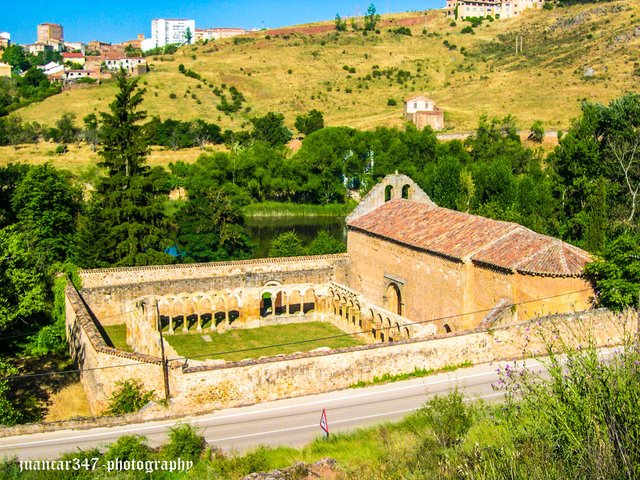
Although there is no historical documentation to corroborate this, some researchers speculate that in this very place, on this part of the Duero riverbank that has as its buttress the gloomy Mount os the Souls, which caused so much terror in Gustavo Adolfo Bécquer's famous legend, there once stood a small Templar church, dedicated to the figure of San Pedro ad Vincula; that is, to the figure of that same stubborn fisherman from Galilee, who, according to tradition, was freed by an angel from the chains that imprisoned him in a dark prison in Rome.
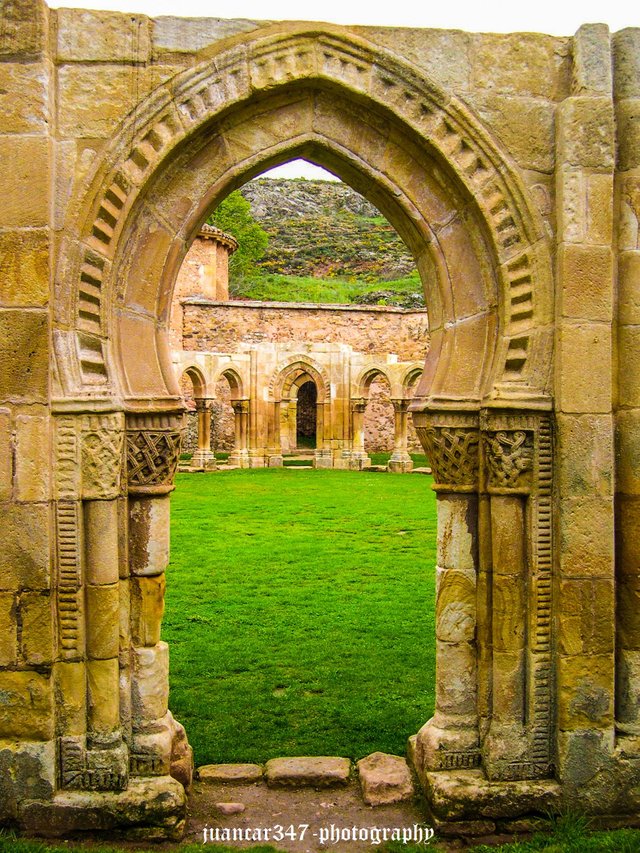
Whether by exchange or imposition, the ‘Sanjuanistas’, members of the quintessential rival order of the Templars, later settled on this very spot. Their architects, surely based on Amalfi models, built this imposing monastery. The beauty of its cloister, unique in Spain, leaves no one indifferent and is one of the greatest treasures of the historical and artistic heritage of a city as enchanting as, without a doubt, Soria.
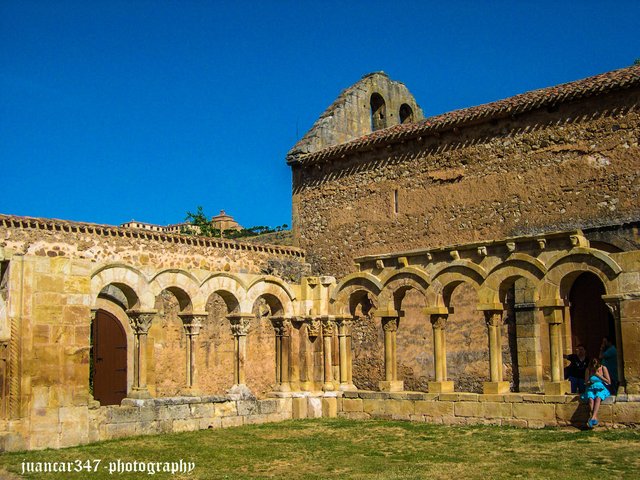
But despite its magnetic spell, its sovereign beauty, this unique monastery of San Juan de Duero also has its dark side. In times before the suffering caused by the bitterness of abandonment and its conversion into a makeshift gypsy shack, it was the headquarters of a society whose intransigence and cruelty left bloody testimonies in history: the Holy Inquisition.
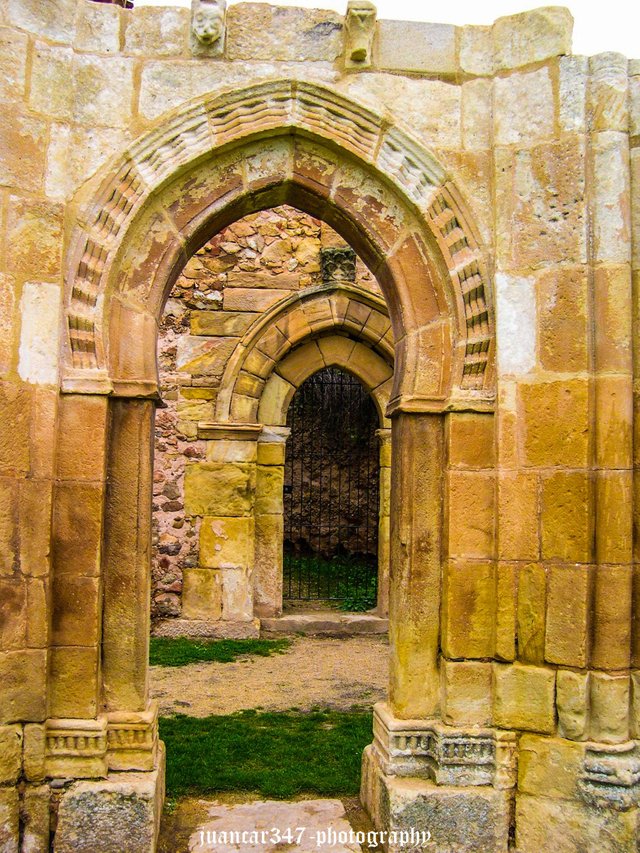
Aunque no hay documentación histórica que lo corrobore, sí hay investigadores que suponen que en este preciso lugar, en esta parte de la ribera del Duero que tiene como contrafuerte al tenebroso Monte de las Ánimas que tanto espanto provocara en la famosa leyenda de Gustavo Adolfo Bécquer, hubo una pequeña iglesia templaria, dedicada a la figura de San Pedro ad Vincula; es decir, a la figura de ese mismo y cabezota pescador de Galilea, que, según la tradición, fue liberado por un ángel de las cadenas que le aprisionaban en una oscura prisión de Roma.
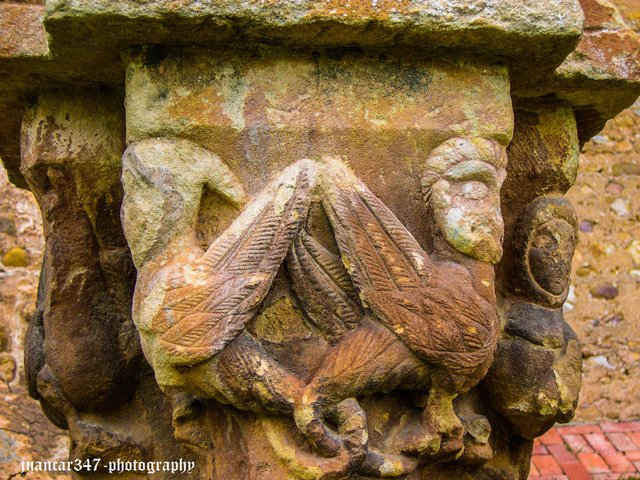
Fuera por permuta o por imposición, en este preciso lugar se asentaron, posteriormente, los Sanjuanistas, miembros de la orden rival de los templarios, por antonomasia, cuyos arquitectos, seguramente basándose en modelos amalfitanos, levantaron este imponente monasterio, la belleza de cuyo claustro, único en su género en España, no deja a nadie indiferente y es uno de los mayores tesoros del Patrimonio histórico y artístico de una ciudad con mucho encanto, como es, sin ningún género de dudas, Soria.
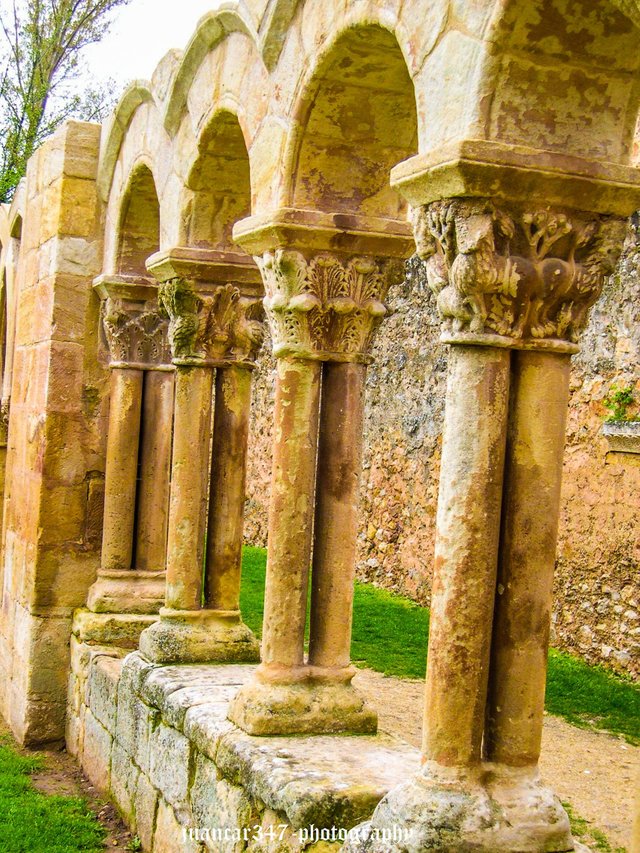
Pero a pesar de su magnético hechizo, de su soberana belleza, este singular monasterio de San Juan de Duero, tiene también su lado oscuro, constatándose, en tiempos anteriores al sufrimiento provocado por las hieles del abandono y de convertirse en chabola improvisada de gitanos, el haber sido cuartel general de una sociedad, cuya intransigencia y crueldad dejó sangrientos testimonios en la Historia: la Santa Inquisición.
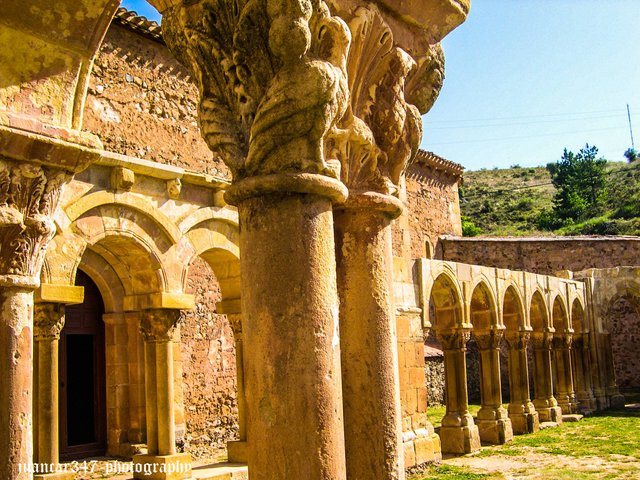
NOTICE: Both the text and the accompanying photographs are my exclusive intellectual property and are therefore subject to my Copyright.
AVISO: Tanto el texto, como las fotografías que lo acompañan, son de mi exclusiva propiedad intelectual y por lo tanto, están sujetos a mis Derechos de Autor.
